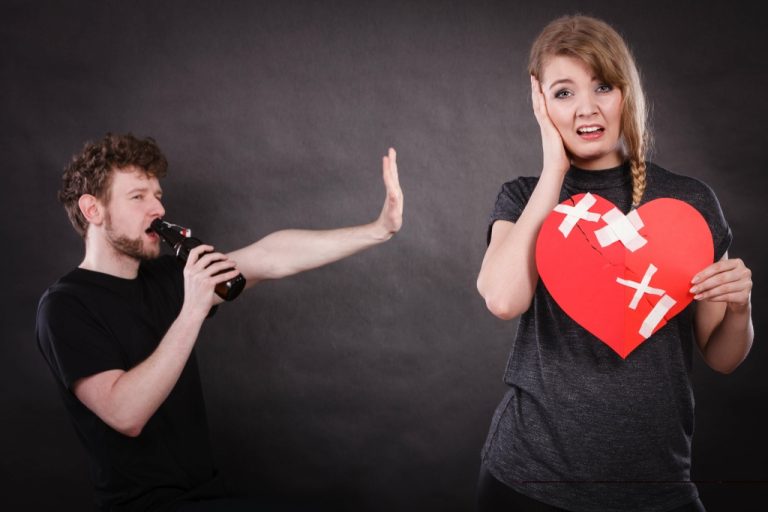In addition to shaping mainstream addiction treatment, the abstinence-only 12-Step model also had an indelible effect on the field of SUD treatment research. Most scientists who studied SUD treatment believed that abstinence was the only acceptable treatment goal until at least the 1980s (Des Jarlais, 2017). Abstinence rates became the primary outcome for determining SUD treatment effectiveness (Finney, Moyer, & Swearingen, 2003; Kiluk, Fitzmaurice, Strain, & Weiss, 2019; Miller, 1994; Volkow, 2020), a standard which persisted well into the 1990s (Finney et al., 2003).

For example, if dieters eat “forbidden” foods (e.g., a piece of brownie) their diet is ruined. They have impulsive thoughts, like ‘‘I’ve already blown my diet, I might as well continue to eat,’’ and start overeating. This motivational explanation of overeating has been termed the “what-the-hell-effect” by Polivy and Herman (1985).
Environmental manipulation and behavioural counseling
When we overeat because we are upset, we are meeting one need at the expense of another which makes us feel even worse. Doing so can bolster your motivation to continue, even if you have occasional lapses. There is less research examining the extent to which moderation/controlled use goals are feasible for individuals with DUDs. The most recent national survey assessing rates of illicit drug use and SUDs found that among individuals who report illicit drug use in the past year, approximately 15% meet criteria for one or more DUD (SAMHSA, 2019a). About 10% of individuals who report cannabis use in the past year meet criteria for a cannabis use disorder, while this proportion increases to 18%, 19%, 58%, and 65% of those with past year use of cocaine, opioids (misuse), methamphetamine, and heroin, respectively. These data suggest that non-disordered drug use is possible, even for a substantial portion of individuals who use drugs such as heroin (about 45%).

Not least is developing adaptive ways for dealing with negative feelings and uncertainty. Those ways are essential skills for everyone, whether recovering from addiction or not—it’s just that the stakes are usually more immediate for those in recovery. Many experts believe that people turn to substance use—then get trapped in addiction—in an attempt to escape from uncomfortable feelings. That view contrasts with the evidence that addiction itself changes the brain—and stopping use changes it back. Use of a substance delivers such an intense and pleasurable “high that it motivates people to repeat the behavior, and the repeated use rewires the brain circuitry in ways that make it difficult to stop. Evidence shows that eventually, in the months after stopping substance use, the brain rewires itself so that craving diminishes and the ability to control behavior increases.
Drinking addiction: Psychological or physical?
Relapse is seen as transitional process and not an endpoint or an outcome failure. The lapse process consists of a series of internal and external events, identified and analyzed in the process of therapy. Therapy focuses on providing the individual the necessary skills to prevent a lapse from escalating into a relapse31. abstinence violation effect Various psychological factors were significant in initiating and maintaining Rajiv’s dependence on alcohol. At the start of treatment, Rajiv was not keen engage to in the process of recovery, having failed at multiple attempts over the years (motivation to change, influence of past learning experiences with abstinence).
- In sum, the current body of literature reflects multiple well-studied nonabstinence approaches for treating AUD and exceedingly little research testing nonabstinence treatments for drug use problems, representing a notable gap in the literature.
- Whether or not emotional pain causes addition, every person who has ever experienced an addiction, as well as every friend and family member, knows that addiction creates a great deal of emotional pain.
- One cognitive strategy is to recite a mantra selected and rehearsed in advance.
- Another factor that may occur is the Problem of Immediate Gratification where the client settles for shorter positive outcomes and does not consider larger long term adverse consequences when they lapse.
Although the benefits of 12-step participation may (and quite often do) outweigh the added AVE risk, clinicians should be aware of this particular risk and take steps to counteract it. Understanding what emotional intelligence looks like and the steps needed to improve it could light a path to a more emotionally https://ecosoberhouse.com/ adept world. Rajiv’s unsuccessful attempts at abstinence lead to a low sense of self-confidence and a belief that he would not be able help himself (low perceived self- efficacy) setting up a vicious cycle. Realistic—Although I had a setback, I did not lose the gains that I have made in the past months.